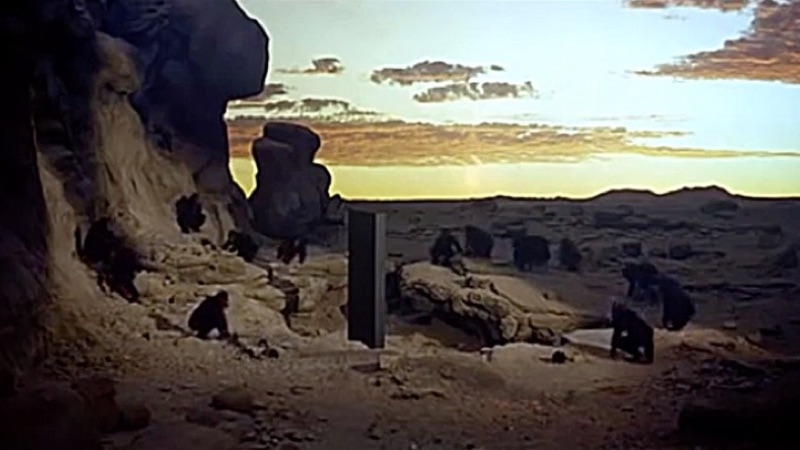Burnout and the Clean Slate
Victim of my own success.

I manage between 15-20 digital projects at any given time. A few months ago, the constant onslaught of follow-ups, checkins, updates, expectations, and negotiations was taking a toll. No matter how much I slept I was always exhausted—stress wouldn’t let me rest. I was always thinking about work, but my performance was suffering and the quality of my home life was sinking. I was burnt out.
It would have been easy to just think of myself as an exceptionally busy person and blame the nature of the work (or anything other than myself). But I was convinced the problem wasn’t how much there was to do, but how I was getting my work done. To assume that I wasn’t at least partially responsible for the impact work was having on my mental well-being would have also meant to assume that my workflow was perfect—that how I chose to manage my day-to-day obligations couldn’t be improved upon.
Friday Night Lists
Things came to a head one Friday night when I found myself with an unexpected pocket of quiet time to myself at home. Instead of firing up Netflix, my first thought was to update some project timelines that I hadn’t had time for during the week. That got me thinking about all of my other incomplete tasks, and how those tasks were going to impact everything I had to do in the coming week. My throat started to tighten.
I had two options: either power through yet another week and find myself back to where I started, or do something to dig myself out of the situation. So I did what I always do when I’ve reached a breaking point—I made a list.
I wrote down everything I spend time on at work: recurring meetings, recurring tasks, the boilerplate project start-up/wind-down processes, balancing project schedules, email triage. I included the tools I use and how they intersect. I looked at how I managed my tasks.
And there it was.
It’s Full of Stars
Taking a step back and looking at how I managed my tasks from a broader perspective, I felt a kinship with those bewildered monkeys from 2001: A Space Odyssey gathered at the base of the monolith. I was in awe.
Over time, in piecing together an efficient system for managing my tasks, I had unwittingly created a higher-order intelligence that had manipulated me into serving its needs rather than supporting mine. For every task there was an associated set of meta tasks—adding, editing, scheduling, labeling, prioritizing, sorting—each adding weight to the load. If I wanted to reduce how much stress I was under, the first step was to reduce the weight of each task.
It’s Not You, It’s Me
Like ending any bad relationship, you have to accept that change is scary and you have to be willing to commit to your decision. For me, this meant giving up on a workflow and tool that I had been in love with for years. I’ll always have a soft spot for Trello, and I continue to use it every day in other capacities. But for managing large numbers of small tasks, it was far too heavy.
The help I was seeking came from a dedicated task manager. Todoist is working pretty well so far—it’s giving me the lightweight, scalable approach I was in such desperate need of. But it was my commitment to a few simple rules that helped restore my mental well-being:
- Every task has a deadline.
- Every day has a small, achievable set of non-negotiable priorities that are completed before everything else (I’m looking at you, email and Slack).
- Every day ends with an empty list. If time runs out, reschedule the incomplete tasks.
This last rule has helped me the most. Seeing an empty list at the end of every day has had a profound impact on how I see my work life. I don’t take work home with me any more, I’m far less stressed out, and I finish the day with a sense of accomplishment, rather than dread.
Sure, I have more work to do than I’ll ever hope to complete. But for today, my list is empty.